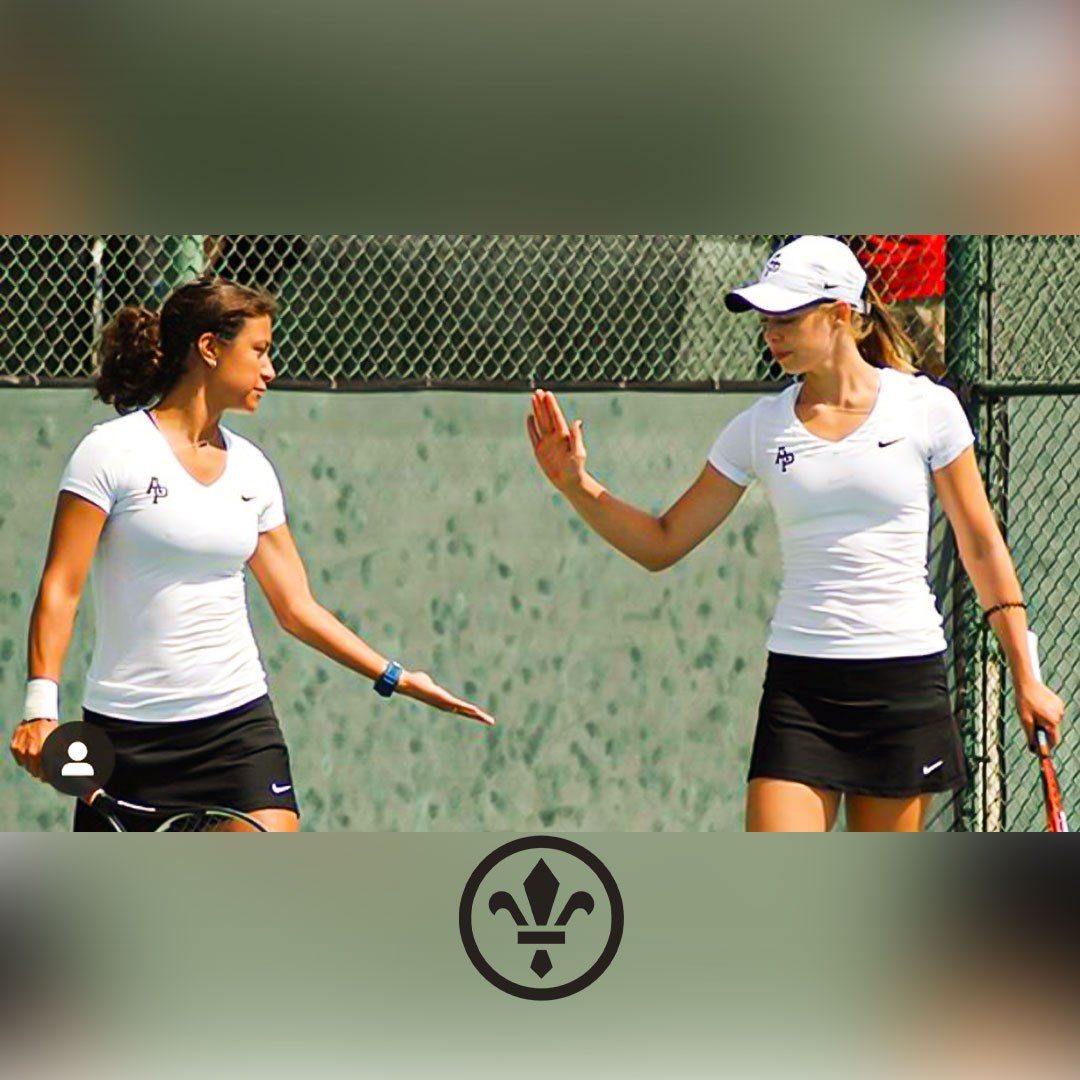How To Get The Right Tennis Doubles Partner Part II
February 26th, 2021 | 2 min. read
By Jen Azevedo

By Jackie Resler - Tennis Pro Coach
Double Partners Pt. 2: Skill Chemistry
A successful doubles team requires two players to act as a singular unit on the court. In order for this to happen, the teammates must thoroughly understand their own skills on the court, as well as their partner’s.
In part 1, we talked about the importance of having compatible chemistry with your partner, and how to translate a deep, personal connection to success on the court. Now we will talk about the other aspect of finding success in doubles, which is complementing each other’s physical skills on the court.
Many doubles teams fall into the trap of playing with people with similar tactics and style. That may work at first, but as the skill level of opposing players increases, easy strategies can be used against you. Power hitters will play with power hitters, but that leaves the lack of control as an easy exploit. Net players will play with net players, but the base-line game will fall apart
It may be tempting to pair with someone who plays with a familiar technique, but I have found that matching players with different playing styles and skills is a preferable recipe for success.
Every player has strengths and weaknesses, no matter the skill level. When two players who play the same team up, these strengths are usually multiplied, which can be terrifying for opponents. But that also coincides with the weaknesses becoming multiplied as well, leaving easily exploitable gaps in their game plan.
The best chance for long-term success is a doubles team that has differing assets, and where weaknesses from both players are complemented by the other’s strengths. In order to explain this, let me reintroduce you to my double’s partner Lera.
Lera and I play tennis in very different ways on the court. Lera’s largest strengths include impressive velocity and attacking the opposing net player. On the other hand, I am proficient in ball control and precision, and challenge the opposing baseline player. As for volleys, I excelled at touch and dropshots, while Lera is aggressive and puts the ball away.
The combination of these strengths allowed us to have a strategy where I challenge the other team to long rallies, and force them to make a mistake, setting up Lera to finish the point. This worked with devastating efficiency, allowing us to be a dominant force for our school.
Lera struggled with ball control, just as I struggled with dominating the court. But our individual strengths were able to compensate for these weaknesses, allowing us to work as a unit. This gave us greater flexibility as we faced more challenging opponents, who were unable to find exploitable holes in our game.
In order to capitalize on strengths and strategy, players must understand their own game, and how potential partners would elevate that game. Players should imagine their game as a battlefield in a way, where allies can shore up holes in the defenses, and also make an attack more penetrating and decisive. Focusing only on defense won’t win the war, and only going on the attack leaves everyone vulnerable.
So as players experiment with potential partners, they need to take into account what their skill sets are, and how the players complement each other.
Jen Azevedo is a tennis professional, pickleball professional, personal trainer, group exercise instructor, and the general manager of the Paseo Club. She loves the community at the Paseo Club and that it is also a safe and fun place for her daughter. Jen’s favorite activities are joining her tribe for trail races or her partners for tennis matches. Occasionally Jen slows down to relax with a book — she reads over 100 a year!
Topics:

